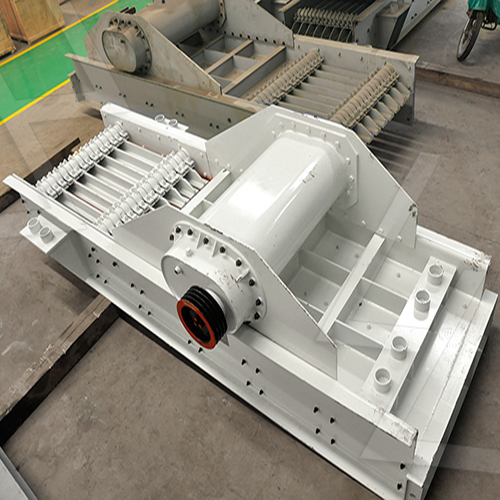The throughput (TPH – tons per hour) of a spiral classifier depends on several factors, including:
1. Classifier Size & Design – Larger classifiers handle higher capacities.
2. Feed Material Properties – Particle size distribution, density, and slurry consistency affect performance.
3. Slurry Density & Solids Content – Typically operates at 20-40% solids by weight.
4. Inclination & Speed – Adjusting the spiral speed and slope influences classification efficiency and capacity.
 Estimated Spiral Classifier Capacity (TPH)
Estimated Spiral Classifier Capacity (TPH)
| Spiral Diameter (ft/m) | Typical Capacity Range (TPH) |
|————————|—————————–|
| 2 ft (0.6 m) | 5–15 TPH |
| 3 ft (0.9 m) | 15–40 TPH |
| 4 ft (1.2 m) | 30–80 TPH |
| 5 ft (1.5 m) | 50–150 TPH |
| 6 ft (1.8 | 100–250 TPH |
| 100–250 TPH |
Key Considerations for Maximizing Throughput:
– Feed Control: Maintain consistent feed rate and density to avoid overloading.
– Spiral Speed: Higher speeds increase capacity but may reduce classification sharpness.
– Slurry Dilution: Adjust water addition to optimize settling and overflow clarity.
For precise calculations, consider:
– Material SG (Specific Gravity) – Heavier minerals require adjustments.
– Desired Cut Point – Finer separations reduce capacity.
– Manufacturer Specifications – Always check OEM data for exact models.
Would you like help with a specific application or sizing recommendation?





Leave a Reply